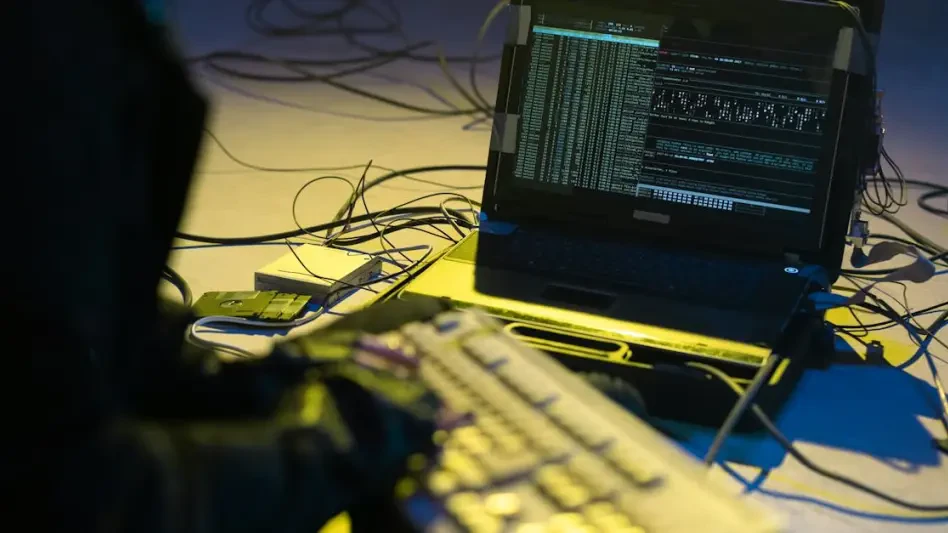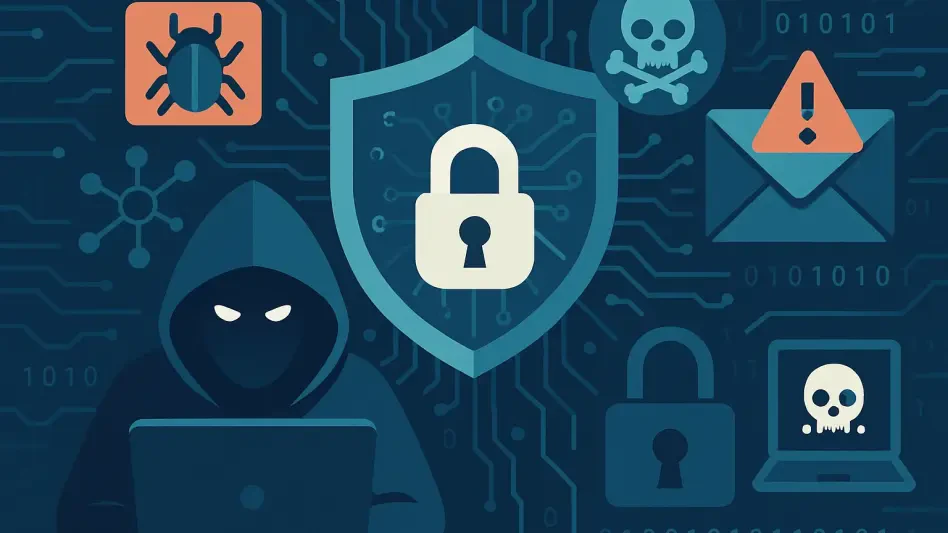In a significant recent development, state-sponsored hackers from North Korea, Iran, and Russia have incorporated ClickFix, a sophisticated social engineering technique, into their espionage campaigns. Initially spotted in early cybercriminal circles around 2024, ClickFix engages targets through dialogue boxes that trick them into copying, pasting, and running malicious commands masked as legitimate system alerts. Researchers from Proofpoint have documented the utilization of this technique from late 2024, revealing an alarming trend in state-supported cyber activities.
North Korean Adoption and Tactics
North Korean cyber group TA427, popularly known as Kimsuky or Emerald Sleet, has innovatively employed ClickFix to infiltrate think tanks focusing on North Korean affairs. This group, known for its persistent and targeted strategies, has been sending spoofed meeting invites, purportedly from diplomats, to lure its victims. Once these targets engage, they are led to execute PowerShell commands that facilitate the download and installation of QuasarRAT malware, typically associated with cybercriminal forums. This method marks a new high in intrusion tactics, exploiting authoritative-looking requests to break into secure networks.
Furthermore, the tendency of North Korean hackers to focus on politically and strategically valuable entities underscores the threat they pose to global cybersecurity. By using ClickFix to mask their intentions under diplomatic pretenses, they have successfully deceived highly informed individuals and organizations. Proofpoint’s observations highlight the continued sophistication and resourcefulness of these hackers, making it critical for cybersecurity professionals to stay vigilant against such deceptive techniques.
Iranian Involvement and Targets
Iran’s TA450, also known as MuddyWater, has also integrated ClickFix into its arsenal of cyber tools, focusing primarily on phishing campaigns across the Middle East. This group executed an English-language phishing campaign aiming at 39 organizations by posing as Microsoft security updates. Unlike previous methods, TA450 managed to deploy remote management and monitoring (RMM) software, marking the first instance of placing Level RMM for espionage purposes. By November 2024, these actions had successfully compromised sensitive information, providing strategic advantages to the group’s operators.
The shift in TA450’s tactics demonstrates not only their adaptability but also the growing complexity of cyber threats originating from Iran. The ability to disseminate fake security updates convincingly indicates advanced social engineering skills. Organizations in the Middle East, already dealing with an array of cyber-related challenges, now face heightened risks of data breaches and espionage, making robust cybersecurity measures more imperative than ever. The successful employment of ClickFix by TA450 reinforces the escalating threat landscape driven by state-backed hackers.
Russian Adaptation and Innovation
Russian hacker groups such as UNK_RemoteRogue and TA422, also known as Sofacy or APT28, have experimented with ClickFix to varying degrees. UNK_RemoteRogue, for instance, targeted the defense sector with malicious messages directing recipients to compromised web pages. This method resulted in the execution of harmful PowerShell commands and the establishment of SSH tunnels, along with deploying Metasploit for deeper infiltration.
In a parallel operation, TA422 utilized fake Google spreadsheets to maneuver unsuspecting users into running malicious commands. This approach highlights the group’s focus on sophisticated techniques that exploit everyday tools and documents for illicit gains. Both groups’ innovative use of ClickFix not only emphasizes their technical prowess but also showcases the evolving nature of cyber tactics among Russian entities. As these methods continue to become more intricate, cybersecurity defenses must adapt accordingly to counteract these persistent threats.
The Fluidity of Cyber Tactics
The widespread adoption of ClickFix by these state-sponsored hacker groups exemplifies the dynamic and fast-evolving landscape of cyber threats. The ability of state actors to integrate advanced criminal methods into their operations presents a continuous challenge for cybersecurity professionals globally. Staying ahead of such evolving tactics necessitates a proactive approach to security measures and constant vigilance in monitoring potential indicators of compromise.
Key indicators of compromise (IoC) observed in these campaigns include specific email addresses, IPs, domains, URLs, and file hashes. For organizations striving to bolster their defenses, recognizing these indicators is crucial in averting possible security breaches. The detailed information provided aims to arm cybersecurity teams with actionable insights to better protect against these sophisticated cyber threats.
Future Considerations for Cybersecurity
In a significant recent development, state-sponsored hackers from North Korea, Iran, and Russia have adopted a sophisticated social engineering technique called ClickFix in their espionage campaigns. This method involves engaging targets through dialogue boxes that trick them into copying, pasting, and running malicious commands disguised as legitimate system alerts. Although ClickFix first made its appearance in cybercriminal circles around 2024, it has recently become a tool for state-sponsored cyber activities. Starting in late 2024, researchers from Proofpoint have documented the use of ClickFix by these hackers, highlighting an alarming trend in state-supported cyber intrusions. The ongoing evolution of these tactics underscores the need for enhanced cybersecurity measures to safeguard against increasingly sophisticated threats. This development emphasizes the importance of staying vigilant and informed about emerging cyber threats to ensure robust protection against such state-sponsored cyber attacks.







